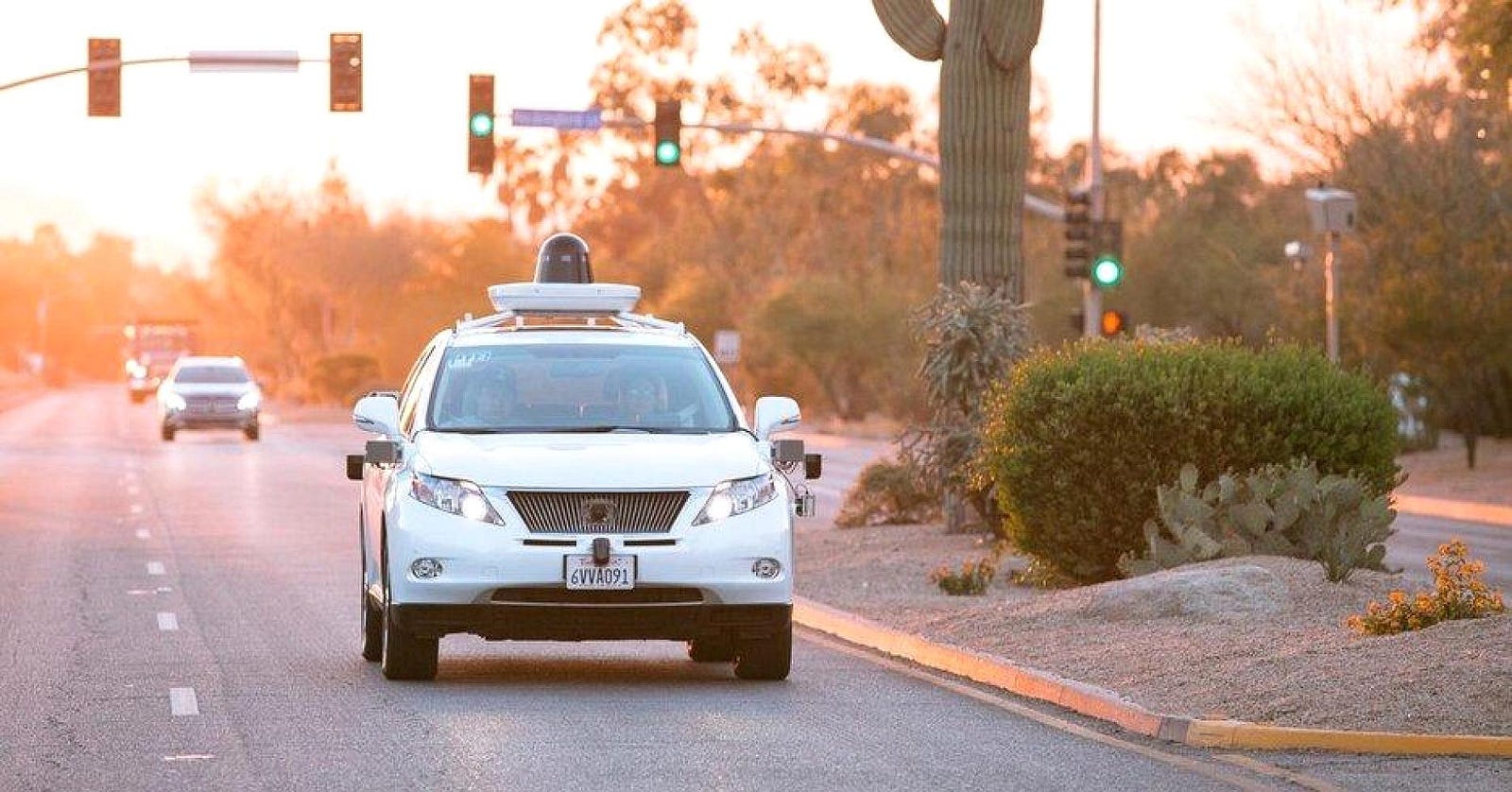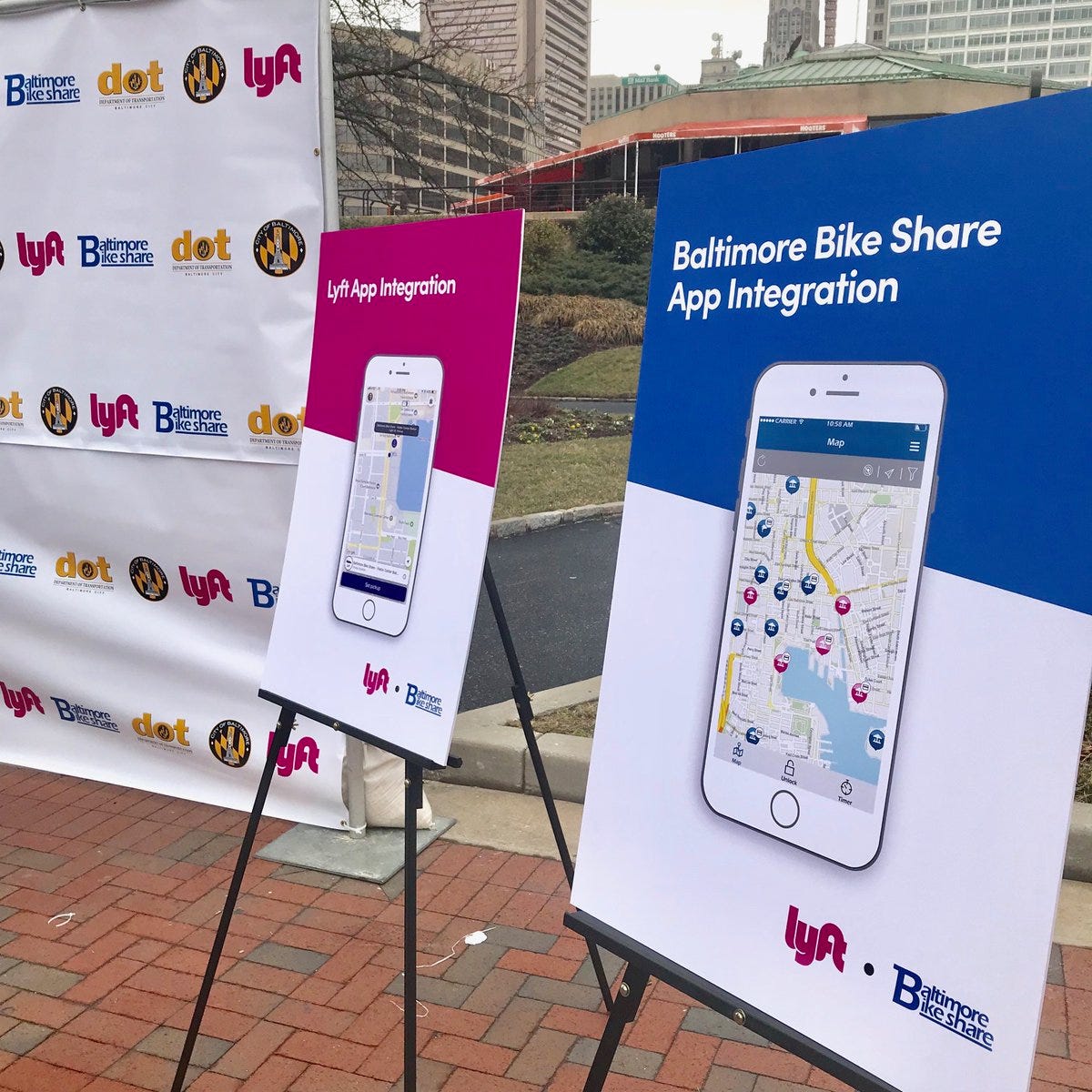Uber might be backing out of SEA but is making sure to stay in London & more
Welcome to our weekly urban mobility news digest — this week we are trying something new: we’ll present you last week’s most important news in a short single-story read. Let us know what you think, whether you like it or would prefer the usual format! Without further ado, this is what’s been going on in the mobility space:
As you may have seen in one of our Current videos, a former Uber driver launched an app which helps drivers using more than one ride-hailing app decide which job request to take, based on distance and profitability. Mystro helps drivers keep their eyes on the road and bypass tricks used by Uber and Lyft to lure drivers into accepting their rides, as opposed as their competitors. According to The Rideshare Guy 70% of drivers in the US work for more than one company. This app is said to tackle safety issues which have already been pointed out by companies like Transport for London. In response to the license appeal Uber is undergoing in London, the American ride-hailing company decided to implement certain measures to keep users and drivers safe. And since we are already talking about Uber, you may have heard the rumours. Last week was flooded with news of Uber selling its Southeast Asian operations to ride-hailing giant Grab (who are also so backed by SoftBank). This would follow suit to Uber’s strategy to make allies instead of enemies where the competition is more than fierce (Grab claims to have 70% market share). While this could well be part of its strategy, it could also be SoftBank pulling the strings to separate competition in the ride-hailing market to make it profitable and stop cash bleeding.

Another place where Uber has fierce competition is India, where the local competitor is Ola. The Indian ride-hailing company has recently rolled out a partnership with local messaging app Hike, allowing Hike users to book and pay Ola rides. India’s automaker, Mahindra & Mahindra follows the trend of OEMs investing in shared mobility — last Friday, they announced their investment in Zoomcar. Regardless of Uber and Ola’s presence in the country, Indonesia’s Go-Jek is going to enter the competition in India later this year, launching their popular motorbike taxis.

Yet another ride-hailing company decides on expanding abroad. The Estonian firm, Taxify, has launched in Monterrey, one of the largest cities in Mexico. On the other hand GM’s maven gig has now expanded to Toronto. And just when we thought the ride-hailing competition could not get anymore crowded, Google has announced that its autonomous project Waymo has gotten approval to operate in Arizona. While the company has not mentioned when it plans to start operating commercially, their plans are clear and we can expect them to become a direct competitor to Uber.

Last week’s in micro-mobility, LimeBike raised $70 million as part of their Series B investment round while Bird scooter raised $15 million. Lyft, following Uber, has also decided to add bikes to its fleet, starting with a pilot in Baltimore.

From what we have seen last week, one thing is clear: new ride-hailing companies will not cease to expand — yet. Uber, the ride-hailing pioneer having the most extensive know-how in the industry, seems to be the one betting for a more contained strategy, backing from its aggressive expansions days reigned by Travis Kalanick. Although this is now true, it would be unfair to judge other ride-hailing player’s dreams to go global — Uber, after all, has the largest ride-hailing footprint in the world and while it may now be backing off from certain territories, it may be betting for roaming partnerships like the latest one in Russia. On the other hand, Mobility as a Service (MaaS) is a concept that is reaching popularity among the major ride-hailing companies which have already started to integrate different types of mobility such as bikes. As technology shapes the future of mobility, we see an increase in the number of connections between OEMs, startups and investors, making the net harder to untangle.
Here at Splyt we are constantly working on getting interesting, relevant info on Urban Mobility straight to you. Follow us on all our channels and we will keep you in the loop! Is there a topic you want us to cover in an article or a documentary? Lets us know: leave a comment or shoot us a message. For more information about our mobility solutions, please visit www.splyt.com
